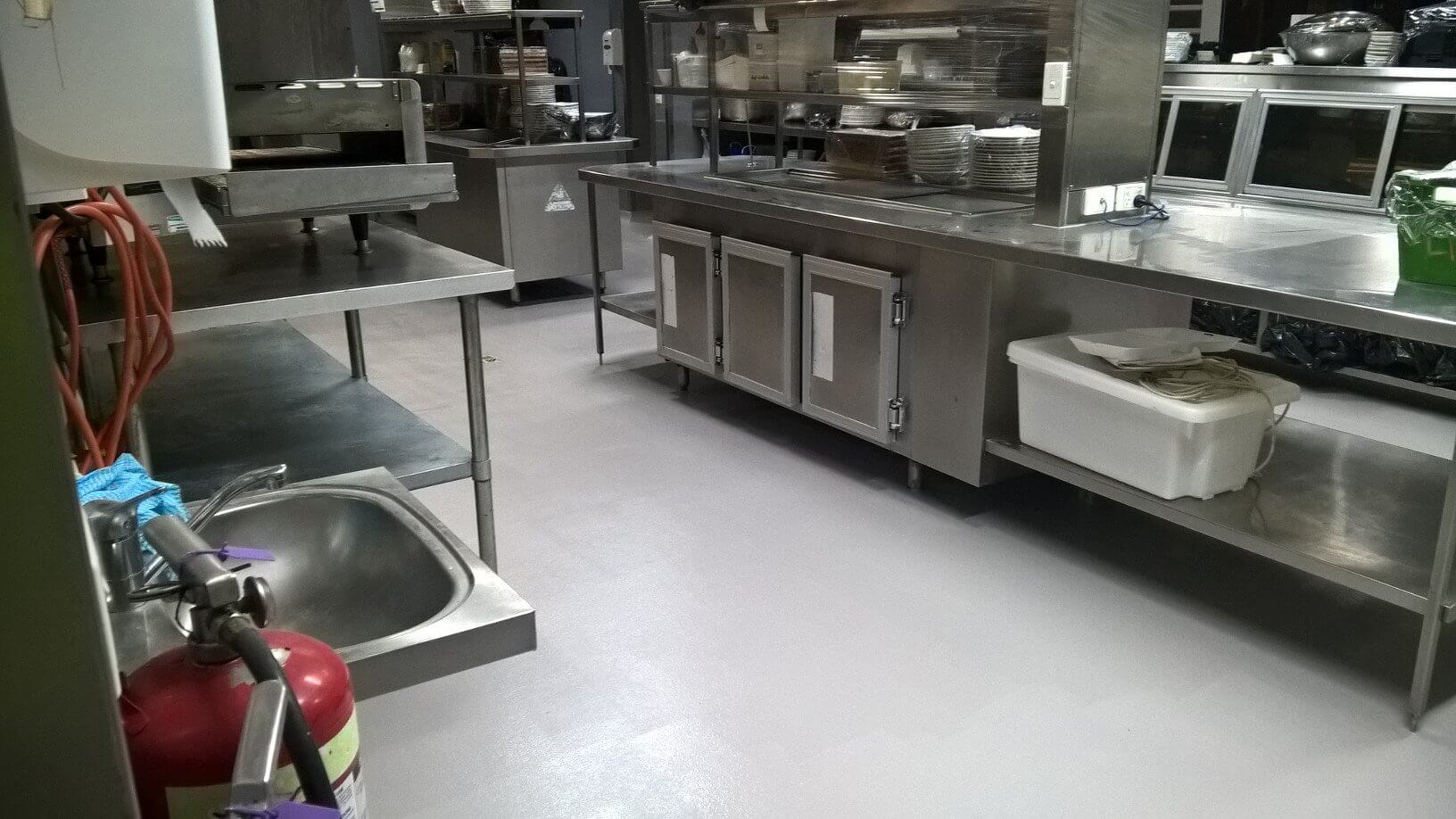When Is the Best Time to Install Thermal Shock Resistant Flooring?
Are you considering installing thermal shock resistant flooring but unsure about the best time to do it? Choosing the right time can make all the difference in the durability and performance of your new floor.
Designed to withstand rapid temperature changes, this flooring is perfect for environments where temperature fluctuations are frequent. But timing is everything—install it at the wrong time, and you could face issues down the road.
Ready to find out when you should schedule your installation for the best results? Let’s dive in and explore the ideal timing by looking at various factors and seasonal conditions.
Understanding Thermal Shock Resistant Flooring:
Thermal shock resistant flooring is specifically designed to handle sudden temperature changes without cracking or degrading. It is commonly made from materials like epoxy, polyurethane, or other robust composites. These floors are perfect for industrial kitchens, laboratories, and other environments where thermal shock is a frequent occurrence. The benefits of this flooring include enhanced durability, resilience to thermal stress, and long-term cost savings due to reduced maintenance needs.
Factors Influencing Installation Timing:
Temperature and Weather Conditions
Ideal temperature ranges are critical for the installation of thermal shock resistant flooring. Typically, installation should occur when temperatures are between 60°F and 80°F. Extreme temperatures can adversely affect the adhesive properties and curing process of the flooring materials.
Humidity Levels
Humidity plays a significant role in the performance of flooring adhesives and materials. High humidity can cause adhesives to take longer to set, while low humidity can lead to rapid drying, making the installation process more challenging. A balanced humidity level ensures optimal adhesive performance and material setting.
Construction Schedule
Coordination with other construction activities is essential to avoid conflicts and ensure a smooth installation process. Scheduling the flooring installation during off-peak construction periods can prevent delays and ensure that the flooring is installed correctly.
Flooring Use and Downtime
Consider the operational needs and schedule the installation to minimize disruption. For businesses, this might mean planning during off-hours or downtime to avoid interrupting operations. Residential installations should consider family schedules and avoid peak activity periods.
Seasonal Considerations:
Spring
Spring offers moderate temperatures and balanced humidity levels, making it a favorable season for flooring installation. However, the potential for unpredictable weather changes can pose challenges, requiring careful planning and flexible scheduling.
Summer
Summer provides consistent warm temperatures, which can accelerate the curing process. However, high humidity and extreme heat can complicate the installation, especially in regions prone to intense summer conditions.
Autumn
Autumn is another excellent time for installation due to cooler temperatures and stable weather patterns. However, installers should be cautious of early cold spells that could affect the curing process.
Winter
While winter has lower humidity levels, which can be beneficial, the cold temperatures can hinder the installation and curing process. It’s essential to use proper heating and ventilation techniques to mitigate these challenges.
Industry-Specific Timing:
Commercial and Industrial Settings
In commercial and industrial environments, it's crucial to avoid busy production periods and align the installation with maintenance schedules. This ensures minimal disruption to operations and allows for a seamless installation process.
Residential Settings
For residential installations, planning around family schedules and significant events is essential. This helps minimize inconvenience and ensures that the flooring installation process does not disrupt daily activities.
Recap:
The best time to install thermal shock resistant flooring depends on various factors, including temperature, humidity, and specific industry needs. Spring and autumn are generally ideal seasons, offering balanced conditions for installation. However, careful planning and consultation with professional installers can help tailor the timing to your specific situation.
For those in Long Island, consulting with experienced professionals like Epoxy Floor System Contractors Long Island NY can provide tailored advice and ensure a successful installation.
By considering these factors and planning accordingly, you can ensure that your thermal shock resistant flooring is installed at the optimal time, providing long-lasting durability and performance.
For a free consultation, get in touch with Epoxy Floor System Contractors Long Island NY.



Comments
Post a Comment